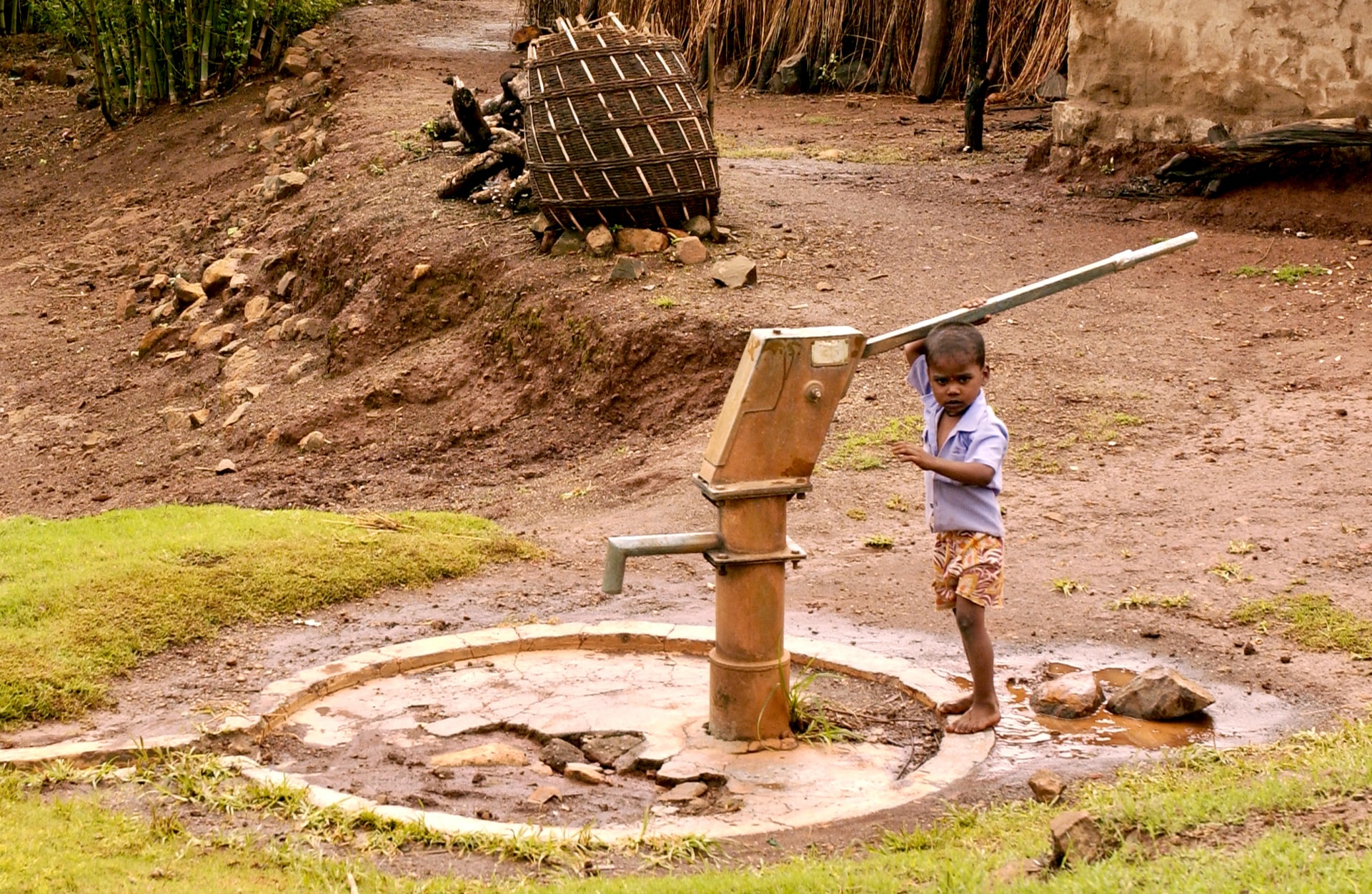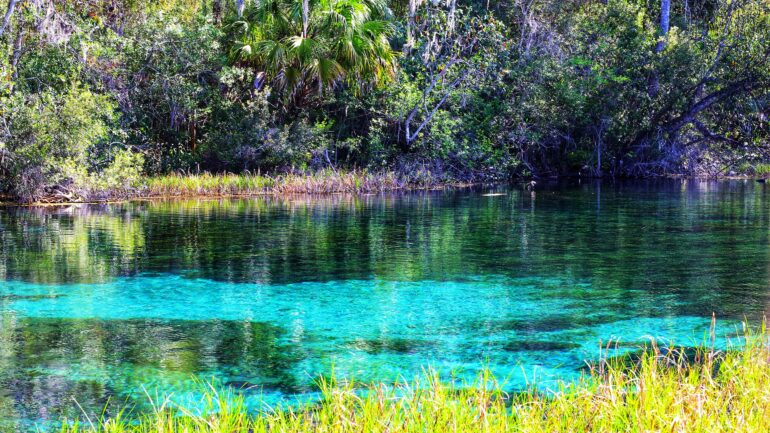By Stephen Venneman, Staff Writer and Researcher for Save The Water™ | September 2, 2019
Ground water wells are running dry
Pulling water from underground sources, also known as groundwater pumping, is used in arid parts of the world to ensure a consistent supply of water for drinking, cooking, and cleaning as well as for food production. Recent reports from around the world are raising alarms about a global water shortage, linked to groundwater pumping.1
For example, in the United States, researchers from the Colorado School of Mines (Mines) and Arizona State University (ASU) recently published a study of groundwater depletion around the Colorado River. What they found is troubling. River and stream water levels are dropping across the country, and the source of the problem is human consumption.2
What’s the cause?
Scientists have known that there’s a link between water levels and groundwater pumping for some time. But by using computer modeling, the Mines and ASU study clearly shows its effect. This is particularly evident beginning in the 1950s when groundwater pumping began to have a measurable impact on streams and rivers. The data indicate that in some areas groundwater pumping has reduced stream flows by up to 50%.3 For some perspective, one acre-foot of water can supply clean water to two households for a year. According to the United States Geological Survey, since the 1950s groundwater pumping in the United States has depleted up to 649 million acre-feet.
How do we fix it?
On any given day, as many as two billion people worldwide depend on groundwater.5 Therefore, simply stopping all groundwater pumping is not an option. In fact, there is no one “magic bullet” approach to managing groundwater usage. However, researchers are pointing at several steps that, when combined, can help to reduce depletion and may even help to replenish groundwater levels.4
The methods include studying not only where groundwater comes from but also where it goes. Users also need to understand how surface and groundwater levels work together and analyze how weather affects those levels (For example, heat causes evaporation, and extreme cold can dry out the air). With this information, communities can manage when and how much water they should pump. Finally, communities can promote gray water usage as a means of reducing water usage. For more on gray water, check out another Save the Water™ article on the topic here.
What can you do?
Here are a few steps you can take to help reduce your local groundwater usage:6
- Increase use of gray water in your home.
- Use local and/or drought-resistant plants in your yard.
- Let your grass grow longer and don’t cut it too short to increase water retention.
- Use aerators with flow restrictors on your faucets.
- Don’t run the water to get it hot or cold.
- Fix dripping faucets and water leaks.
- Turn off the faucet when you aren’t using the water, such as brushing your teeth.
References
- India Today. June 21, 2019. “Tamil Nadu water crisis: Dead fish wash up, taps go dry as Chennai faces severe shortage.” https://bit.ly/2RsBfNk.
- Luke Runyon. June 20, 2019. “Groundwater Pumping Diminishes Streams Across the Country, Study Finds.” Cronkite News/KUNC. https://bit.ly/2Z3s4Jq
- Laura E. Condon and Reed M. Maxwell. 2019. “Simulating the sensitivity of evapotranspiration and streamflow to large-scale groundwater depletion.” Science Advances, 6(5). https://advances.sciencemag.org/content/5/6/eaav4574
- Matthew J. Currell. September, 2016. “Drawdown ‘Triggers’: A Misguided Strategy for Protecting Groundwater-Fed Streams and Springs.” Groundwater, 54(5), 619-622. https://bit.ly/2TwtS8w
- Seametrics. “Facts About the World’s Shrinking Groundwater Resources.” https://www.seametrics.com/blog/groundwater/.
- National Groundwater Association. 2019. “Groundwater Conservation Matters.” Wellowner.org. https://wellowner.org/groundwater/conservation-matters/#residential




